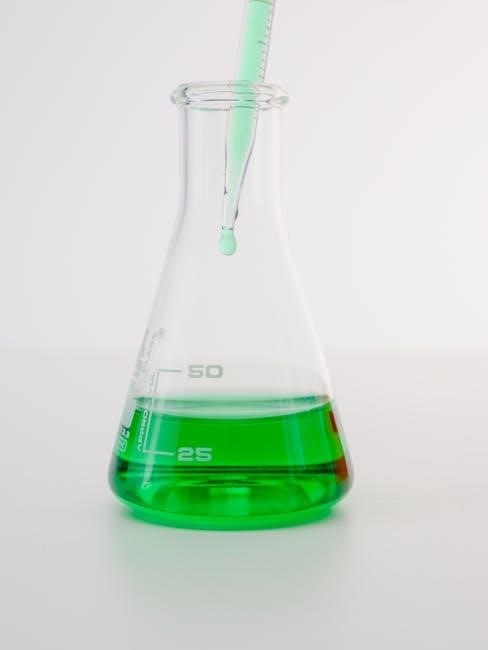colour wheel mixing guide
The color wheel is a circular diagram showing color relationships, helping create perfect color schemes. It’s essential for artists and designers, guiding primary, secondary, and tertiary color mixing.
1.1 What is the Color Wheel?
The color wheel is a circular diagram that visually represents the colors of the visible spectrum. It organizes colors systematically, starting with primary colors—red, yellow, and blue—spaced evenly apart. Secondary colors, created by mixing primaries, are placed between them, and tertiary colors result from blending primaries with secondaries. This tool illustrates how colors relate harmoniously and how they can be mixed to achieve desired hues. It serves as a foundational guide for understanding color theory and creating cohesive color schemes in art, design, and various creative fields.
1.2 Importance of Understanding Color Mixing
Understanding color mixing is fundamental for creating harmonious color schemes and achieving desired visual effects. It enables artists and designers to predict outcomes when blending colors, ensuring consistency and precision. Knowledge of color theory enhances creativity, allowing for the exploration of various hues and shades. Proper color mixing also saves time and resources by reducing trial and error. Whether for painting, digital design, or any creative endeavor, mastering color mixing is essential for producing professional and impactful results.
1.3 Brief History of Color Theory and the Color Wheel
The concept of color theory dates back to ancient civilizations, but the modern color wheel was first introduced by Sir Isaac Newton in 1666. He arranged colors in a circular format to show their spectral relationships. Over time, artists and scientists refined this concept, expanding it to include primary, secondary, and tertiary colors. By the 18th and 19th centuries, color theory became a cornerstone of art education, with the color wheel serving as a practical tool for understanding and mixing colors effectively.
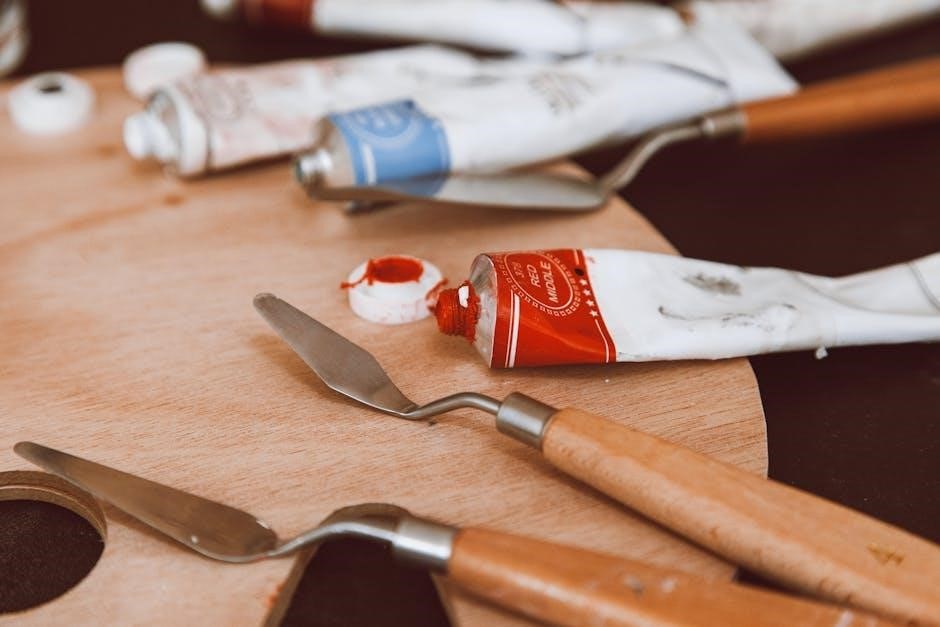
The Structure of the Color Wheel
The color wheel is a circular arrangement of colors, starting with primary colors (red, yellow, blue) spaced evenly; Secondary colors (orange, green, purple) are created by mixing primaries, while tertiary colors result from combining primary and secondary hues.
2.1 Primary Colors (Red, Yellow, Blue)
Primary colors—red, yellow, and blue—are the foundation of the color wheel. They cannot be created by mixing other colors and are evenly spaced on the wheel. Red evokes energy, yellow symbolizes optimism, and blue represents calmness. These pure hues are essential for creating secondary and tertiary colors, making them fundamental in art and design. Their unique properties allow for diverse color schemes and harmonies, forming the base of color theory and mixing principles.
2.2 Secondary Colors (Green, Orange, Purple)
Secondary colors—green, orange, and purple—are created by mixing two primary colors. Green is made from blue and yellow, orange from red and yellow, and purple from red and blue. These vibrant hues add depth and variety to color schemes. Green symbolizes nature, orange represents energy, and purple embodies creativity. Secondary colors are versatile, forming the bridge between primary colors and enabling the creation of harmonious and contrasting combinations in art and design. They are essential for exploring color theory and expanding artistic expression.
2.3 Tertiary Colors (Yellow-Green, Blue-Green, etc.)
Tertiary colors are created by mixing primary and secondary colors, resulting in hues like yellow-green, blue-green, orange-yellow, red-orange, red-violet, and blue-violet. These colors have unique names and offer a wider range of tonal variations. Tertiary colors add complexity and richness to designs, allowing for subtle shifts in warmth and coolness. They are essential for creating nuanced color palettes and enhancing the visual interest of artworks. By combining primary and secondary colors, tertiary hues expand the artist’s toolkit for expressing creativity and achieving specific aesthetic effects.

Color Harmony and Mixing Techniques
Color harmony involves combining colors to create visually appealing effects. Mixing techniques like complementary, analogous, and triadic methods enhance designs, balancing warm and cool tones for emotional impact.
3.1 Complementary Colors
Complementary colors are pairs of hues directly opposite each other on the color wheel, like red and green or blue and orange. These pairs create strong contrast and enhance brightness when used together. Mixing complementary colors in equal proportions often yields black or gray, depending on their intensity. This principle is widely used in art and design to create dynamic visual effects. Understanding complementary colors helps in balancing warm and cool tones, adding depth and harmony to compositions. They are essential for creating vivid, eye-catching color schemes.
3.2 Analogous Colors
Analogous colors are groups of three or more hues positioned next to each other on the color wheel, such as blue, green, and yellow-green. These harmonious colors create smooth transitions, often used for subtle, cohesive designs. They share similar tones, making them ideal for natural and calming effects. Artists and designers use analogous colors to evoke moods like serenity or energy, depending on the palette. This technique minimizes contrast, offering a balanced and visually pleasing arrangement of colors. It’s perfect for creating gradients and enhancing focus in compositions.
3.3 Triadic Colors
Triadic colors are three hues spaced evenly apart on the color wheel, creating dynamic contrast. Examples include red, yellow, and blue. These vibrant combinations produce bold, energetic effects, making them ideal for designs requiring maximum visual impact. To avoid overwhelming the eye, balance triadic colors with neutral tones or white. This technique adds depth and excitement, creating a lively atmosphere. Artists use triadic palettes to draw attention and evoke strong emotions, making them perfect for bold and playful compositions.
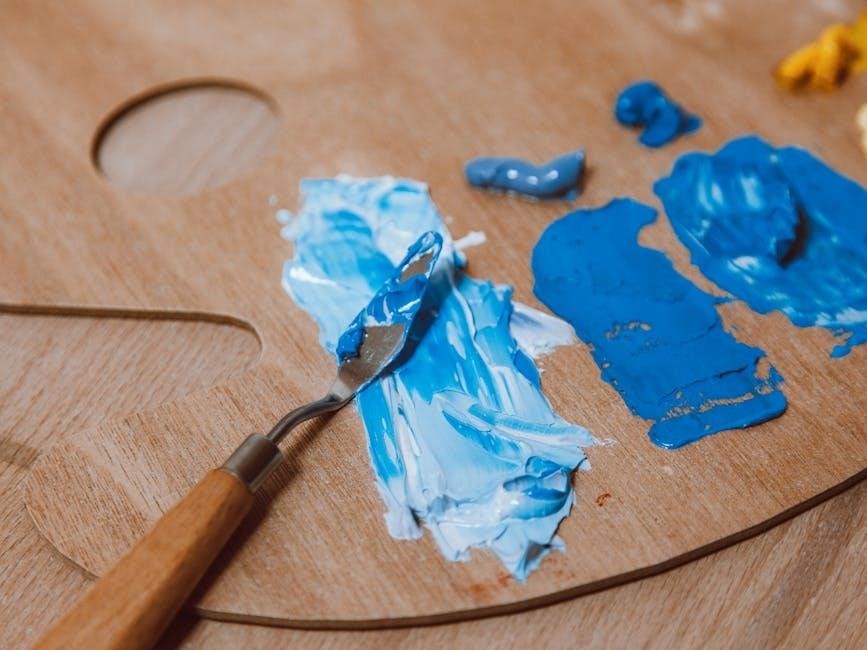
Warm and Cool Colors
Warm colors, such as red, orange, and yellow, evoke warmth and energy, while cool colors like green, blue, and purple create calmness. Mixing them balances compositions.
4.1 Understanding Warm Colors (Red, Orange, Yellow)
Warm colors—red, orange, and yellow—are vibrant and energetic, evoking warmth and sunlight. Red stimulates passion, orange combines energy with warmth, and yellow radiates optimism. These hues advance visually, making them ideal for creating dynamic focal points. In color mixing, warm colors are derived from primary pigments, with red and yellow creating orange. They are versatile in art, from bold statements to subtle blends, and are often used to convey movement and vitality in compositions.
4.2 Understanding Cool Colors (Green, Blue, Purple)
Cool colors—green, blue, and purple—are calming and soothing, often associated with nature and tranquility. These hues are found on the opposite side of the color wheel from warm colors. Green symbolizes growth, blue evokes trust and serenity, and purple represents creativity and luxury. Cool colors tend to recede visually, making them ideal for backgrounds or creating depth in compositions. They are typically mixed by combining blue with yellow for green or red for purple. These colors are versatile in art, offering a sense of balance and harmony when used effectively.
4.3 Mixing Warm and Cool Colors
Mixing warm and cool colors creates dynamic contrasts and enhances visual interest. When combined, they produce a wide range of hues and effects. For example, blending red (warm) with blue (cool) yields purples, while mixing yellow (warm) with green (cool) creates browns. Understanding temperature biases in primary colors is key for precise mixes. Warm reds and yellows can dominate, while cool blues and greens provide balance. This technique is essential for achieving harmony and depth in art, allowing for versatile and nuanced color palettes.
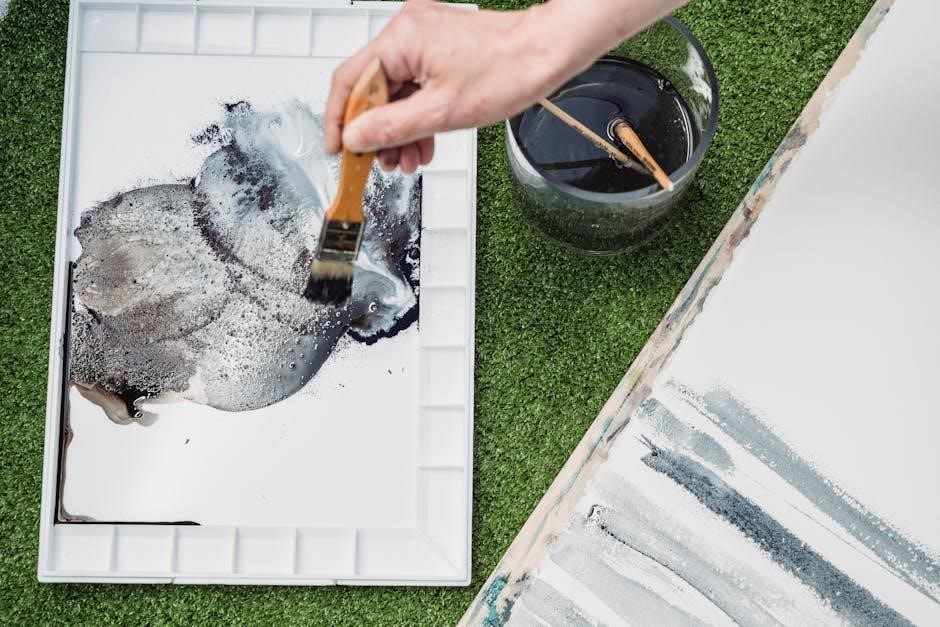
Saturated Secondary Colors
Saturated secondary colors are achieved by mixing primary colors with distinct temperature biases. Warm yellows produce vibrant oranges, while cool blues create intense greens and purples.
Learn more
5.1 Mixing Primary Colors with Different Temperature Biases
Mixing primary colors with warm or cool biases creates saturated secondary colors. Warm yellows and reds produce vibrant oranges, while cool blues and greens yield deep purples. For example, mixing Phthalo Green (cool) with Quinacridone Magenta (warm) results in rich, saturated purples. This technique enhances color intensity and expands creative possibilities in art and design. Understanding temperature biases in primaries is key to achieving desired secondary hues.
Learn more
Warm secondary colors, like orange and warm green, are created by mixing warm primaries. They evoke energy and warmth. Cool secondary colors, such as cool green and purple, result from mixing cool primaries and convey calmness. The temperature of secondary colors impacts the overall mood of a composition. Understanding this distinction helps artists achieve desired emotional effects in their work. For instance, warm secondary colors can dominate energetic designs, while cool ones suit serene landscapes. Explore more The color wheel is a versatile tool for mixing colors, creating harmonies, and guiding artists in achieving desired effects. It simplifies the process of color selection and blending. The color wheel is a powerful tool for mixing colors effectively. Start by identifying primary colors (red, yellow, blue) and use them to create secondary colors (orange, green, purple). Tertiary colors are formed by mixing primary and secondary colors. Warm and cool color biases influence mixtures, so understanding their properties is key. To mix colors, select a base hue and add small amounts of complementary or analogous colors to achieve desired shades. Always test color ratios and adjust gradually. Referencing a physical or digital color wheel, like those from Golden Artist Colors, can enhance precision and creativity. Begin by selecting high-quality pigments for red, yellow, and blue. Mix equal parts of red and yellow to create orange, red and blue for purple, and yellow and blue for green. Use a palette or mixing surface and gradually blend colors. Add small increments to avoid over-saturation. For consistent results, Golden Artist Colors recommends using specific ratios, such as 1:1 for secondary colors. Document each mixture for future reference. This method ensures balanced and vibrant hues, forming the foundation for more complex color creations. Secondary colors are created by mixing two primary colors: red and yellow form orange, red and blue form purple, and blue and yellow form green. For tertiary colors, mix a primary color with a secondary color, such as red + orange for red-orange. Use the color wheel to guide these mixtures, ensuring balanced and harmonious results. Document each mix for future reference. This process allows for endless creativity and precision in achieving desired hues for artistic projects. Mastering advanced techniques involves understanding hue, chroma, and value. Use the 60-30-10 rule for balance and explore effects like glazing and tinting for unique artistic expressions. Hue refers to the actual color, like red or blue. Chroma, or saturation, indicates how intense the color appears. Value is the lightness or darkness of a color. These elements are crucial for effective color mixing and harmonious designs. By adjusting them, artists can achieve desired effects, from subtle shifts in tone to vibrant, dynamic contrasts. Understanding these properties allows for precise control over color combinations, enhancing both artistic expression and practical applications in various mediums. This foundation is essential for mastering advanced color techniques. Glazing involves layering transparent colors to achieve deep, rich tones, while tinting adds white to create softer, lighter shades. These techniques enhance color depth and luminosity. By mixing hues strategically, artists can craft intricate effects, such as shifting a warm red into a cool maroon. Organic pigments, with high transparency, are ideal for glazing. In contrast, tinting strength varies among colors, influencing how they blend. Understanding these methods allows artists to expand their creative possibilities, creating nuanced and visually striking works through precise color manipulation and layering. This approach is vital for achieving desired artistic effects. The 60-30-10 rule is a fundamental principle for achieving color balance in art and design. It suggests dividing the palette into 60% dominant color, 30% secondary color, and 10% accent color. This ratio ensures harmony and prevents overwhelming the viewer. The dominant color sets the overall mood, while the secondary color supports it, and the accent color adds contrast or focal points. By adhering to this rule, artists and designers can create visually coherent compositions that maintain balance and engagement. This approach is versatile, applicable to both traditional and digital color mixing scenarios. Proper use enhances aesthetic appeal effectively. Pigments are the foundation of color mixing, classified as organic or inorganic. Organic pigments offer high chroma and transparency, while inorganic ones provide opacity and durability in mixes. Organic pigments are carbon-based, synthetic, and offer high chroma, transparency, and tinting strength, ideal for vibrant, clear mixtures. Inorganic pigments are mineral-based, providing opacity and durability but lower chroma, suitable for light, pastel shades. Both types are essential for achieving diverse color effects in mixing, with organics enhancing brilliance and inorganics ensuring longevity and coverage in artistic applications. Organic pigments exhibit high chroma, offering intense, vivid colors, and are highly transparent, allowing light to pass through with minimal distortion. This transparency enables brilliant, clear mixtures, ideal for glazing and creating deep, rich hues. Their high tinting strength means they can significantly alter the color of other pigments, making them versatile for artistic applications where color intensity and clarity are desired. These properties make organic pigments perfect for achieving subtle shifts in tone and saturation in color mixing processes. Inorganic pigments are characterized by their opacity and moderate to high hiding power, making them ideal for covering surfaces effectively. They typically exhibit lower chroma, resulting in more subdued, muted colors. These pigments are often derived from natural minerals and provide excellent lightfastness and durability. Their opacity allows for strong, flat colors, while their lower chroma makes them suitable for creating balanced, earthy tones. However, they lack the transparency and brilliance of organic pigments, making them better suited for applications requiring opacity and stability rather than vibrant, transparent effects. Masstone is the color’s true appearance at full strength. Undertone emerges when applied thinly, revealing subtle shifts in hue. Tinting strength determines how a color influences mixes. Masstone is the true color of a pigment when applied thickly, covering the surface completely. It’s the purest representation of the hue. This quality is crucial in color mixing, as it forms the foundation of all mixtures. Understanding masstone helps predict how a color will behave when combined with others. For instance, Phthalo Blue’s masstone appears deep and rich, ensuring vibrant blends. This consistency allows artists to rely on predictable outcomes in their work, making masstone a key concept in achieving desired color effects consistently. Undertone refers to the subtle color visible when a pigment is applied thinly or mixed with mediums. It significantly influences color harmony, as it affects how colors interact. For example, a red pigment with a blue undertone can create cooler tones, while one with an orange undertone produces warmer shades. Understanding undertones is vital for achieving desired effects in mixtures, especially in transparent layers or glazes. This subtle aspect of color enhances the depth and richness of artworks, making it a critical element in mastering color theory and application. Tinting strength measures a pigment’s ability to alter another color’s hue when mixed. Strong tinting colors dominate blends, while weak ones allow the base color to prevail. For instance, Phthalo Blue has high tinting strength, drastically changing mixtures, whereas Yellow Ochre’s weaker strength subtly shifts tones. Balancing tinting strengths is crucial for achieving desired color blends, as it affects the saturation and vibrancy of the final result. This property is key in both artistic mixing and industrial color matching, ensuring predictable and consistent outcomes in various applications. Creating a color chart helps visualize mixtures. Practice blending warm and cool colors to master their effects. Exploring tertiary colors enhances understanding of nuanced hues. A color chart is a personalized tool for organizing and tracking color mixtures. Start by listing primary colors and gradually add secondary and tertiary hues. Include tints, tones, and shades for depth. Note each mixture’s ingredients and ratios for future reference. This visual guide helps identify patterns and harmonies, enhancing your color theory knowledge. Regularly updating your chart fosters consistency in your work and simplifies the mixing process. It’s a practical resource for both beginners and experienced artists, ensuring efficient and accurate color creation. Warm and cool color mixing is fundamental for achieving dynamic results. Begin by experimenting with warm hues like red, orange, and yellow, observing how they evoke energy. Next, explore cool colors such as green, blue, and purple, noting their calming effects. Practice blending warm and cool colors to create balanced compositions. This exercise enhances your understanding of color temperature and harmony, allowing you to evoke specific moods in your work. Regular practice ensures mastery over these contrasting palettes, enriching your artistic expression and versatility. Tertiary colors are created by mixing primary and secondary colors, offering a wide range of nuanced hues. To explore them, start by combining a primary color with a secondary color, such as blue and green to create blue-green. Experiment with varying ratios to achieve different shades and tones. Documenting your mixes in a color chart helps track progress and identify patterns. This practice deepens your understanding of color relationships and enhances your ability to craft subtle, rich palettes for artistic projects. Regular exploration fosters creativity and precision in color mixing techniques. A physical color wheel and digital tools like Adobe Color simplify mixing. Use recommended pigments for versatility, ensuring precise color harmony and consistency in your projects. A physical color wheel is an essential tool for artists and designers, providing a visual representation of color relationships. It displays primary, secondary, and tertiary colors, aiding in understanding color harmony principles like complementary and analogous schemes. The physical format allows for easy reference, helping to plan and mix colors effectively. It is a practical guide for creating balanced and visually appealing color combinations, making it a go-to resource for anyone working with pigments or digital designs. Digital tools like Adobe Color revolutionize color mixing, offering interactive color wheels and real-time adjustments; They enable users to explore harmonious palettes, extract colors from images, and create custom schemes. These tools are ideal for both artists and designers, providing precision and flexibility. Features include saving and sharing palettes, making them accessible across projects. Digital tools enhance creativity and efficiency, proving invaluable for modern color work. Choosing the right pigments is crucial for versatile color mixing. Organic pigments like Benzimidazolone Yellow and Quinacridone Magenta offer high chroma and transparency, ideal for vibrant, rich hues. Inorganic pigments such as Titanium White and Yellow Ochre provide opacity and warmth, enhancing earth tones. Phthalo Blue (Green Shade) and Naphthol Red Light are excellent for creating deep, saturated colors. These pigments allow artists to achieve a wide range of colors, from bold primaries to subtle tertiaries, making them essential for any mixing palette. Mastery of the color wheel and mixing techniques empowers artistic expression. Experiment with pigments, explore color relationships, and refine your skills through practice for endless creative possibilities. The color wheel is a fundamental tool for understanding color relationships, mixing, and harmony. It organizes primary, secondary, and tertiary colors, aiding in creating balanced palettes. By mastering complementary, analogous, and triadic schemes, artists achieve visual coherence. Warm and cool colors influence moods, while saturated hues enhance vibrancy. Pigments’ properties and techniques like tinting and glazing expand creative possibilities. Regular practice and experimentation refine skills, ensuring mastery of color theory and versatile artistic expression. Exploring color theory and mixing is a lifelong journey that unlocks endless creative possibilities. Experiment with different techniques, tools, and pigments to deepen your understanding. Create personal color charts to visualize relationships and effects. Use both physical and digital color wheels to inspire new palettes. Share your discoveries with artistic communities to gain fresh perspectives. Remember, the more you practice, the more intuitive color mixing becomes. Embrace curiosity and keep experimenting—every new discovery enhances your artistic expression and opens doors to innovative ideas.5.2 Warm vs. Cool Secondary Colors
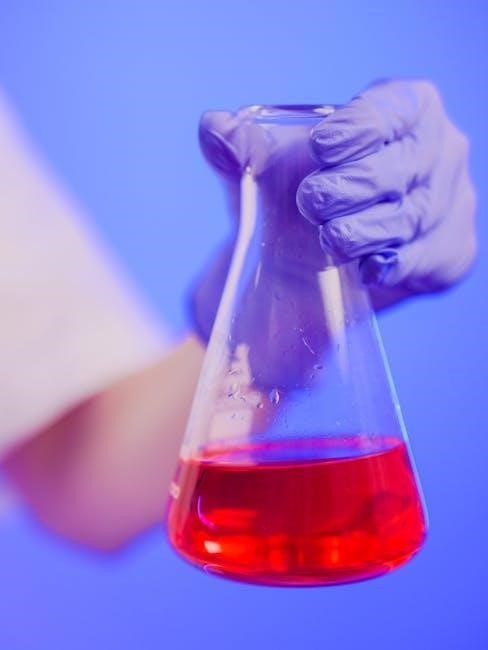
Practical Applications of the Color Wheel
6.1 How to Use the Color Wheel for Mixing Colors
6.2 Step-by-Step Guide to Mixing Primary Colors
6.3 Creating Secondary and Tertiary Colors
Advanced Color Mixing Techniques
7.1 Understanding Hue, Chroma, and Value
7.2 Mixing Colors for Specific Effects (e.g., Glazing, Tinting)
7.3 The 60-30-10 Rule for Color Balance
The Role of Pigments in Color Mixing
8.1 Organic vs. Inorganic Pigments
8.2 Properties of Organic Pigments (High Chroma, Transparency)
8.3 Properties of Inorganic Pigments (Opacity, Low Chroma)
Understanding Masstone, Undertone, and Tinting Strength
9.1 Masstone and Its Impact on Color Mixing
9.2 Undertone and Its Role in Color Harmony
9.3 Tinting Strength and Its Effects on Color Blends
Color Mixing Exercises and Practice
10.1 Creating a Color Chart for Personal Use
10.2 Practicing Warm and Cool Color Mixing
10.3 Exploring Tertiary Colors Through Mixing
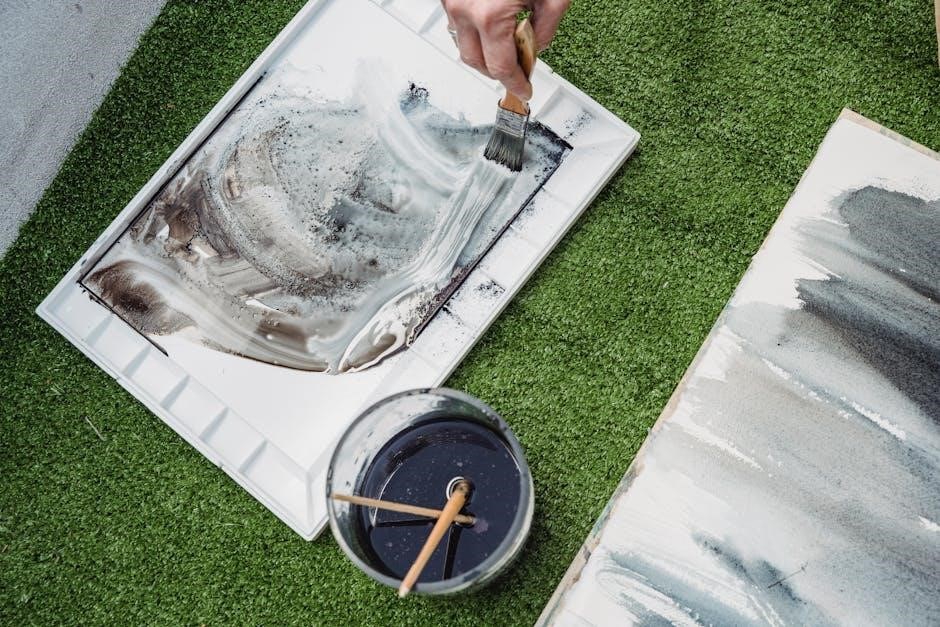
Tools and Resources for Effective Color Mixing
11.1 Using a Physical Color Wheel
11.2 Digital Tools for Color Mixing (e.g., Adobe Color)
11.3 Recommended Pigments for Versatile Mixing
12.1 Summarizing Key Concepts
12.2 Encouragement for Further Exploration
